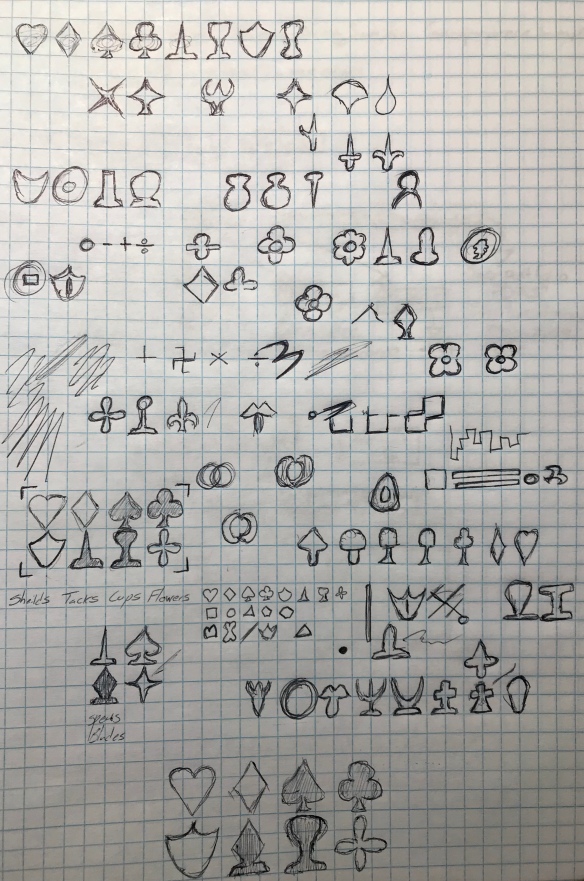Working title: “Migraines are terrible for everything ever”
Yesterday (as of me writing this) I had a migraine, which is all I feel like talking about right now, because it’s all I can feel in my head. I can’t really concentrate on any other article I was going to write. So I’d just like to say that migraines are the worst thing ever, ever.
And they aren’t just headaches. When I get a migraine, I lose vision sometimes, I throw up a lot (and I don’t throw up like an average person, my whole body heaves), I get really cold, I can’t stand light, and my perception of the world is just generally clouded. Sometimes the funk can last for weeks, preventing me from doing any type of work or play because one false move and I’ll go back to feeling like there’s an axe in my head.
I might be exaggerating saying migraines are the worst thing ever. I’m sure there are more terrible things, but don’t underestimate migraines. The main “attack” only lasts less than 6 hours for me most times, but can last up to a week, and the after-effects for much longer. I can’t even begin to comprehend the pain of having a longer headache, let alone what goes with it. It’s one of the most frustrating things, because there is so little you can do to stop it, most medications are hit or miss, and many people are undiagnosed. And it’s made all the more frustrating because the more you get frustrated at it, the worse it gets or the easier to becomes to trigger. And almost anything can become a trigger.
What I’m trying to say is, a migraine isn’t just a “bad headache”. It can be, but very often it is something much more than that, and when someone is having a migraine that they know is a migraine, it is very important to work to help, or accommodate them as much as possible.
I was in a migraine-induced funk for all of February and November in 2014, which lost me two months of work which I still haven’t recovered. Fortunately, I was ahead. I lose about a month of work a year, and more time with friends, (because that involves activity and not being at a desk) to migraines, and for some people it is much worse.
Don’t underestimate their power in some peoples’ lives. They can influence a lot of decisions, and when having a migraine, they can feel like the worst thing that could ever possibly happen to you. I get fear responses when I know I’m close to one. My body gets ready to try and fight it because it knows it can’t run away, of course you can “fight” a headache.
Seriously, they’re terrible! That is my announcement, and all I can think of right now.




